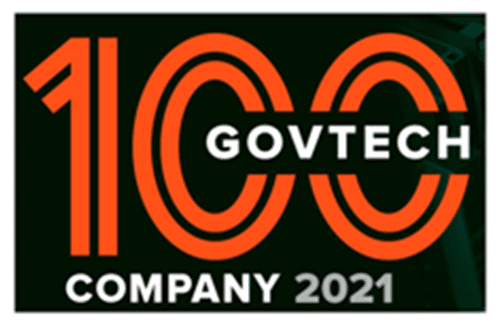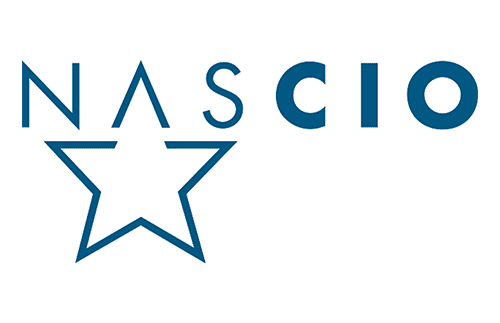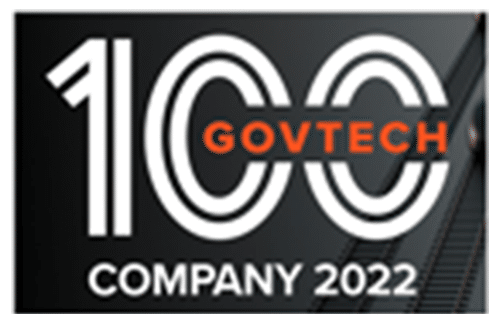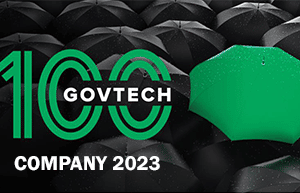Security and Trust
Digital transformation begins with trust. At SimpliGov, trust and security are our highest priorities.
Secure. Reliable. Compliant.
At SimpliGov, we know very well how technological innovation and change come with an increasing need for the highest levels of security, especially when you’re dealing with citizens’ personal data.
SimpliGov’s highest priority is the privacy and security of your information, documents, and data. We’re committed to leading-edge security, so you can focus on serving your community with confidence. We ensure compliance best practices with regular third-party audits and assessments and maintain up-to-date certifications.
SimpliGov Certifications
We stringently maintain constant third-party oversight and audits to ensure compliance.

HIPAA Hitech
SimpliGov’s government automation platform is designed to include provisions to protect the security and privacy of personally identifiable health-related data, also known as protected health information (PHI). It increases the reliability, integrity, availability, and authenticity of records and signatures. By using SimpliGov, you’ll know your signature processes are backed by ISO27001 security certification and anti-tampering controls.

PCI-DSS 3.2
SimpliGov’s PCI DSS 3.2 compliance certifies safe and secure handling of credit card holder information. As overseen by the Payment Card Industry Security Standards Council (PCI SSC), SimpliGov places stringent controls around cardholder data as both a service provider and merchant.

SSAE 18 (SOC)
As an SSAE 18 examined and tested organization, SimpliGov complies with the reporting requirements stipulated by the by the American Institute of Certified Public Accountants (AICPA). We undergo yearly audits across all aspects of our enterprise business and production operations, including our data centers, and have sustained and surpassed all requirements.
SimpliGov Security
Our network architecture has been hardened to Payment Card Industry Data Security Standards (PCI DSS) and more as we strive to keep ahead of the latest threats and attacks. SimpliGov’s security experts operate in conjunction with third-party auditors to ensure that environments remain secure, managed correctly, and maintained through daily auditing, weekly reporting, and quarterly full network reviews.
At SimpliGov, security isn’t just the responsibility of one department, it’s our entire organization’s. Interdepartmental testing, auditing, and training all combine to put the SimpliGov security program at the cutting edge of security standards.
Applications & Access
- Formal code reviews and vulnerability mitigation by third parties
- Automated code vulnerability scanning in use to ensure secure coding of Gov Automation Platform applications
- Application-level Advanced Encryption Standard (AES) 256-bit encryption
- Managed Virtual Private Cloud with constant firewall monitoring
- Key management and encryption program
- Enterprise-grade malware protection
- Multiple authentication mechanisms
Policies and Procedures
- Employee access to private data is prohibited, with strict penalties applied should they do so
- Customers retain ownership of their data
- 24/7 monitoring, escalation procedures, disaster recovery, and crisis recovery plans in place and tested periodically
- Security program which reacts to changes in security landscape by altering company policies, procedures, and controls to mitigate new risks
- All SimpliGov application users verified by email
Systems and Operations
- Physically and logically separate networks
- Two-factor, encrypted VPN access
- Professional, commercial-grade firewalls and border routers to ensure access is only available to those permitted
- Distributed Denial of Service (DDoS) mitigation
- Protection against Man in the Middle (MITM) attacks, IP spoofing, port scanning, packet sniffing
- Active monitoring and alerting
- Periodic patching at OS and Third-Party Application level to harden system security
- Systems configured to search for a patch according to the latest identified security threats
- Data protection through various encryption techniques and network design
- PCI-DSS, HIPAA, and ISO 27002-based policies and procedures, which are regularly reviewed, audited, and assessed by multiple members of the SimpliGov Security Team
- Encryption for all administrative traffic (HTTP, SFTP, SSH)
- Employee security training program, clean desk, acceptable use, and VPN usage training in place
- Repository of certificates of training completion stored in SimpliGov archives
- SimpliGov development team undergoes annual OWASP training
- Role-based access control practiced throughout the SimpliGov hierarchy
- Access granted on a need-to-know basis and permission requests tracked and reviewed periodically
- Systems access logged and tracked for auditing and compliance purposes; database change logging in place for auditing
- Secure media destruction procedures in place (according to NIST and DOD standards proceeded by shredding by certified, CCTV-monitored vendor)
- Secure document removal and destruction policies for all critical and sensitive information
- Fully documented change management procedures in compliance with PCI-DSS standards
Hardware and Infrastructure
- Two geo-dispersed, ISO27001, Level 1 Service Provider Payment Card Industry (PCI) Data Security Standard (DSS), SOC1, DIACAP Level 2 audited and certified data centers
- Near real-time secure data replication and encrypted archival
- 365x24x7 on-site security
- Annual Business Continuity Planning (BCP) & Disaster Recovery (DR) testing
- Third-party penetration testing and external data center audits
- Data center access restricted on a need-to-access basis
- Employees and contractors required to present identification, sign in and are escorted by security staff
- Access reviewed periodically
- Physical access is controlled both at the perimeter and at building ingress points by professional security staff utilizing video surveillance, intrusion detection systems, and other electronic means
- Authorized staff utilize multi-factor authentication mechanisms to access data center floors
- Environmental controls, such as fire detection and suppression systems; air conditioning and humidity monitoring systems; uninterruptible power supply (UPS) units; and generators are in place to protect assets located within the data centers
- Fire Detection and Suppression: Automatic fire detection and suppression equipment has been installed to reduce risk
- Fire detection system utilizes smoke detection sensors in all data center environments, mechanical and electrical infrastructure spaces, chiller rooms, and generator equipment rooms
- These areas are protected by either wet-pipe, double-interlocked pre-action, or gaseous sprinkler systems
- Power: The data center electrical power systems are designed to be fully redundant and maintainable without impact to operations, 24 hours a day, and uninterruptible power supply (UPS) units provide backup power in the event of an electrical failure for critical and essential loads in the facility
- Data centers use generators to provide backup power for the entire facility
- Climate and Temperature: Climate control is required to maintain a constant operating temperature for servers and other hardware, which prevents overheating and reduces the possibility of service outages
- Data centers are conditioned to maintain atmospheric conditions at specified levels; personnel and systems monitor and control temperature and humidity at appropriate levels
Transmission and Storage
- Secure, private SSL 256-bit viewing session
- Customer configurable data retention program – provide 99.999999999% durability and 99.99% availability of objects over a given year
